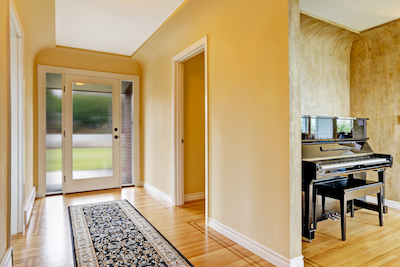Have you ever sat down to play a piano where the piano keys didn’t feel right? Maybe the color had changed, the keys felt rough or sticky. They felt gritty to the touch.
The piano keys are the most usable part of the piano. Which makes them the most susceptible part of the piano for becoming dirty.
There are certain things you can do to ward off potential problems.
- Dust the keyboard regularly
- Wash your hands before you play
- Keep the keyboard covered when kids or pets are around
 In time, dust, dirt, debris, and oil from your fingertips settle on top of the keys. It comes with age, from simply being in your home and available to play at any time.
In time, dust, dirt, debris, and oil from your fingertips settle on top of the keys. It comes with age, from simply being in your home and available to play at any time.
But the piano keys aren’t something you can clean as if it were an average piece of furniture. Do it the wrong way and your keys may stop working. The wrong way could leave you with a piano that doesn’t work.
Start with a soft cloth – microfiber works well. If you don’t have a microfiber cloth, an old cotton t-shirt works well; cut away any seams or embellishments to ensure you don’t hurt the keys.
Use an empty spray bottle – you can re-use one from something else. Just ensure there weren’t harmful chemicals in it before you use it. You can pick one up from your favorite big box store for low cost.
Use a mixture of water and gentle liquid soap – make sure there aren’t any harsh solvents or chemicals in the soap. Castille soap works well.
Use one to two tablespoons of liquid soap per bottle depending on the size. Give a quick shake and you’re ready to clean.
Never spray the water directly onto the keys. Instead, spray the soft cloth until slightly damp. Then starting at one end of the keyboard, gently slide the cloth from the back of the keytops to the front with gentle pressure. You may have to repeat this several times to remove all of the grime.
Avoid wiping across the keyboard as that can shove small particles of dust and debris between the keys, which will result in “sticky” keys, those stubborn keys that don’t go up and down when you press them.
You can clean both the black and white keys in this manner. There is no special treatment for either key.
Once you clean the tops, you can move to the piano key fronts and clean in the same manner. Slide the cloth from the bottom of the key up to the top, trying to take dust with you as you remove the cloth from the key.
There is no difference between an acoustic and a digital keyboard. They should be cleaned in similar fashion.

